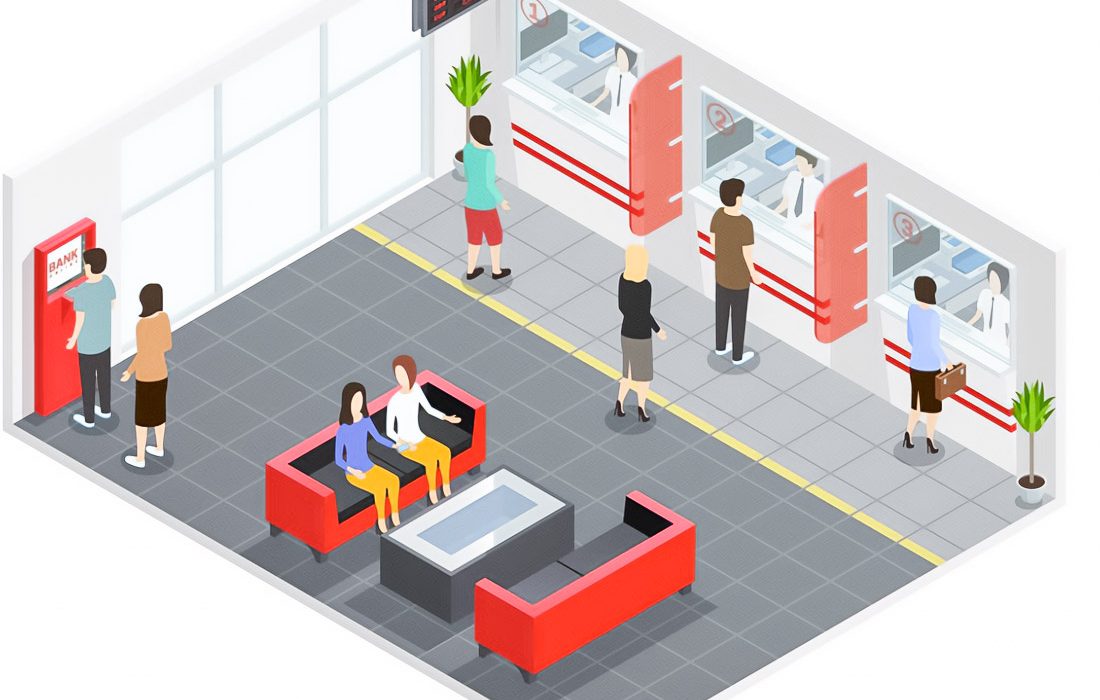In Dubai, the introduction of the Dubai queuing system based on artificial intelligence and intelligent ticket machines helps businesses, clinics and government agencies work faster, more efficiently and more conveniently for customers.
Content
1. Forecasting and Automation of Flows

Traditional systems only issue numbers and follow predefined scenarios. In contrast, the AI‑ticket machines in the queue system Dubai analyze real visitor data, predict rush hours, and independently redistribute loads. This allows you to reduce waiting times and avoid congestion during peak hours.
2. Focusing on Staff Efficiency

AI solutions monitor the flow of customers in real time and automatically redirect employees to high‑traffic areas. This reduces the workload on staff and increases productivity, whereas traditional systems do not have such flexibility.
3. Analytics and Reporting

Modern AI‑ticket machines integrate with live dashboards, analytics and CRM systems. They provide data on peak hours, waiting times, and operator activity. In traditional systems, such functionality is limited and often requires manual analysis.
4. Integration with IoT and computer vision

New solutions can work with sensors and computer vision technologies, analyzing visitor flows and helping to control the loading of service areas. Classical models do not have this and depend on the human factor.
5. Scalability and Flexibility
AI‑ticket machines are easily implemented in government centers, banks, airports and shopping areas. Unlike older systems, they do not require complex local configuration and can easily scale to new service scenarios.
6. Improving the Customer Experience
AI solutions provide a virtual queue, SMS notifications, and personalization. This increases customer trust, speeds up the service process, and reduces the number of complaints. In traditional systems, there is no flexibility in configuring for different categories of visitors.
Advantages of AI‑Ticket Machines Compared to Traditional Systems
AI systems can tell when it will be busy. They send people to the right line and work with machines and the internet. They show information fast, help workers give better service, and make fewer mistakes. Old systems are simple, need more people to run them, and don’t give enough information to help make good choices.
Real-World Examples and Results
At Dubai Airport, the AI system predicts passenger traffic, optimizing the work of passport control and security services, which reduces queues and speeds up the control process. Companies that have implemented the AI queuing system note a 30-65% reduction in waiting time, increased customer satisfaction, and increased staff productivity.
Conclusion
Traditional queue management systems are simple, but they cannot adapt to the changing flow of visitors and do not provide analytics. AI‑ticket machines integrated into the Dubai queuing system provide intelligent queue management, load prediction, personalization and high flexibility. They are becoming a strategic tool for businesses and government agencies, improving customer experience, reducing costs, and increasing service efficiency.



